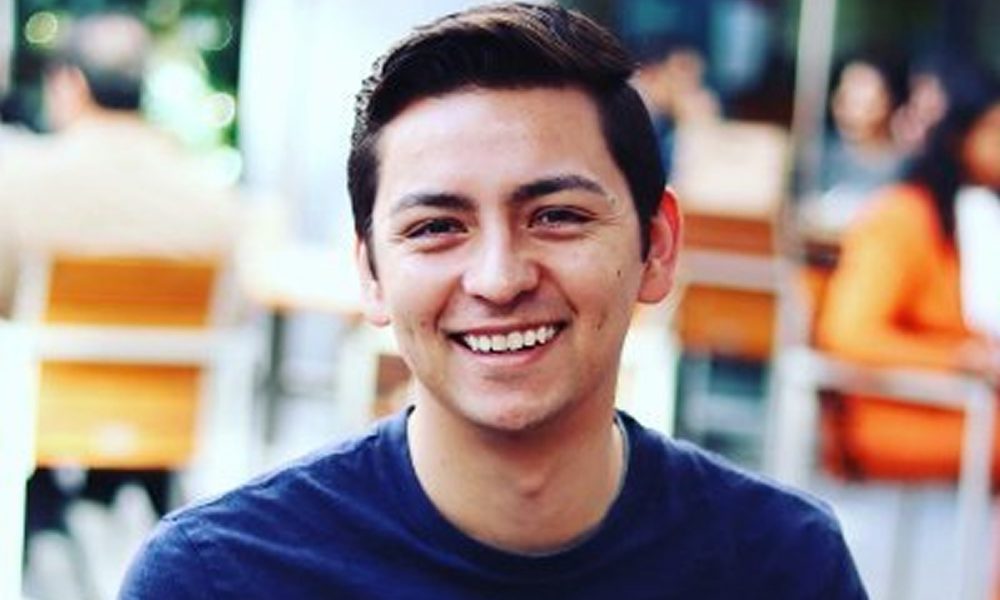Comings & Goings
April 25, 2023 12:00 am
After Virginia Gov. Glenn Youngkin’s administration proposed changes to transgender students’ rights in September 2022, 72,000 public comments flooded in. But with no indication of when policies that restrict bathroom use and pronoun preference could be implemented, some students in Virginia public schools are afraid of losing their safe spaces at school.
“Many students have reported increased anxiety and fears related to the model policies’ ramifications,” said Abram Clear, the school programs coordinator for Side by Side, an organization working with schools across Virginia to support LGBTQ youth. “In particular, trans and nonbinary students who have found safe, affirming spaces at school have expressed concerns about being forcibly outed to their guardians.”
While some guardians openly support their student’s sexuality, other discussions about gender identity can be dismissed or misunderstood at home. If the new policies on transgender students are passed and educators are required to out students to their guardians, LGBTQ students can run a higher risk of negative mental health, as well as possible physical danger at home.
Transgender and nonbinary students also worry that these policies embolden educators who are already dismissive of their identities. Supportive educators express similar concerns as they worry they will be contractually obligated to out students or enforce measures that harm their students.
“Morally, they feel it’s imperative to continue affirming their trans and nonbinary students by using their requested names and pronouns, regardless of documentation,” said Clear. “But this would be at odds with the 2022 [Virginia Department of Education] protocols.”
Virginia’s proposed policies would require more than one million students to only use bathrooms and locker rooms associated with the sex assigned to them at birth. Students would also only be allowed to participate in sports or extracurricular activities in accordance with the same rule.
The legal name and sex of a student would also have to align with their sex at birth unless official legal documents or court orders are provided, regardless of whether a parent gives permission. This would require teachers and other school officials to only refer to a student by the pronouns associated with their sex at birth.
In one month alone, nearly one-third of LGBTQ students missed at least one day of school because they felt unsafe, according to the Gay, Lesbian, and Straight Education Network’s 2021 report. Just over 75% of LGBTQ youth also experienced in-person verbal harassment at school in the past year due to their sexual orientation, gender expression, and gender identity.
But as students in Virginia try to unpack the potential ramifications of changes to the 2022 Virginia Department of Education’s Model Policies, D.C. Public Schools (DCPS) continues to push for visible allyship in middle and high schools.
Each year, DCPS distributes a survey to middle and high school students to ask about gender identity and sexuality. Asking students to best describe their identity, DCPS uses the survey to learn about student perceptions of themselves to improve school climate and social-emotional learning.
DCPS policies on transgender and non-confirming students also advise school-based staff to be aware of student identification preferences and always use their preferred reference when speaking to or about the student.
Staff in DCPS can even become trained LGBTQ Liaisons, wherein they offer visible allyship and resources to students and families. Also tasked with developing and running a Gender and Sexuality Alliance (GSA) in their school, liaisons work to raise awareness of LGBTQ issues in their school community.
A strong GSA presence in schools offers a consistent space for LGBTQ students to discuss their experiences with peers and trusted advisers. The Duke Ellington School of the Arts, for instance, gathers weekly during lunch or advisory periods to discuss current issues and plan community-building initiatives.
With more than 60% of queer youth living in non-affirming homes, the presence of GSAs has shown to increase the academic performance of LGBTQ-identified youth, decrease bullying, and create a more inclusive school culture.
“Holding a consistent, brave space for LGBTQ+ students to gather can be transformative for a school’s environment,” Clear said. “GSA meetings may be one of the only safe spaces LGBTQ+ students have to fully express themselves and build community, which is especially crucial if they lack familial support.”
Side by Side is concentrating efforts in the greater Richmond, Va., area to connect more than 25 GSAs at middle and high schools. But GSAs aren’t run in every middle and high school in the state, so the challenge to offer affirming in-school club spaces remains a priority as the state faces potential changes to students’ rights.
“In particularly homophobic and transphobic school environments, LGBTQ+ students may not have any trusted adults to advise and sponsor the club,” Clear added. “Unfortunately, this creates a barrier in schools where student access to a GSA may be most crucial.”
GSAs in public schools are protected under the Federal Equal Access Act. However, for transgender and non-binary youth, assurance that school is a safe and affirming place for them may change.
Categorised in: News, Washington Blade
